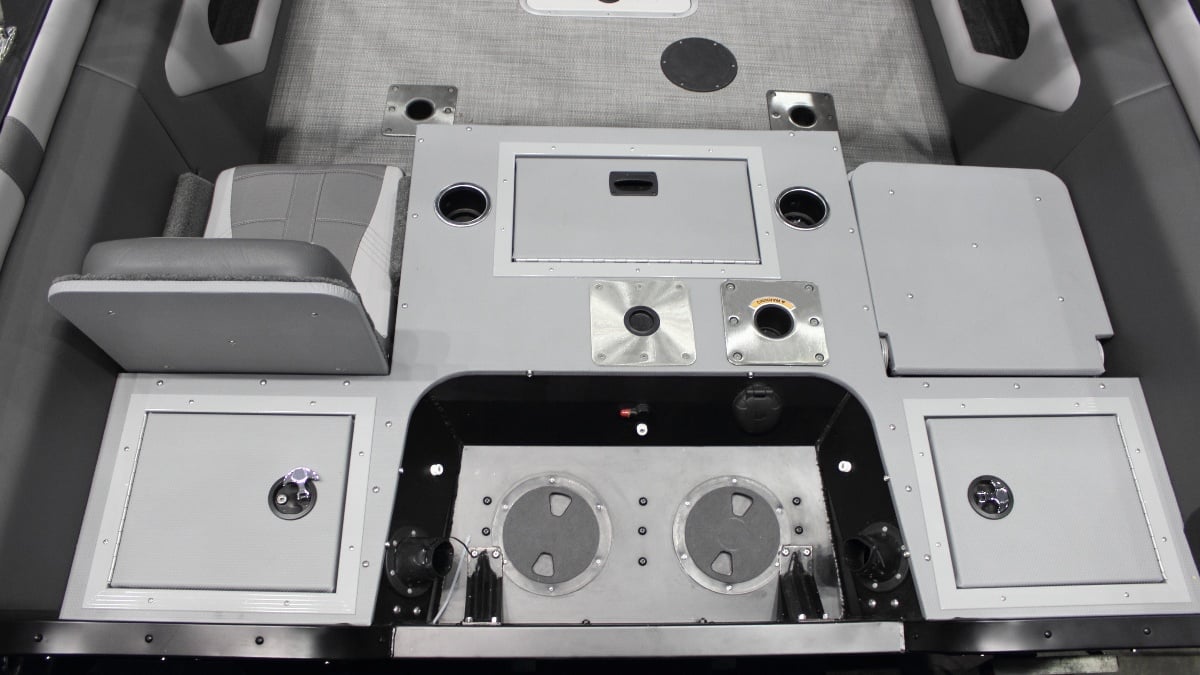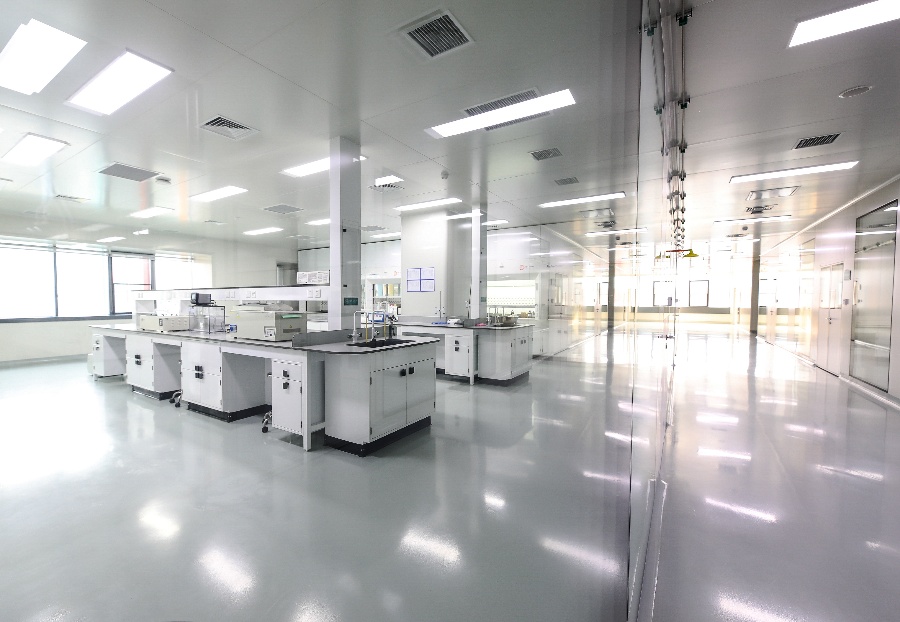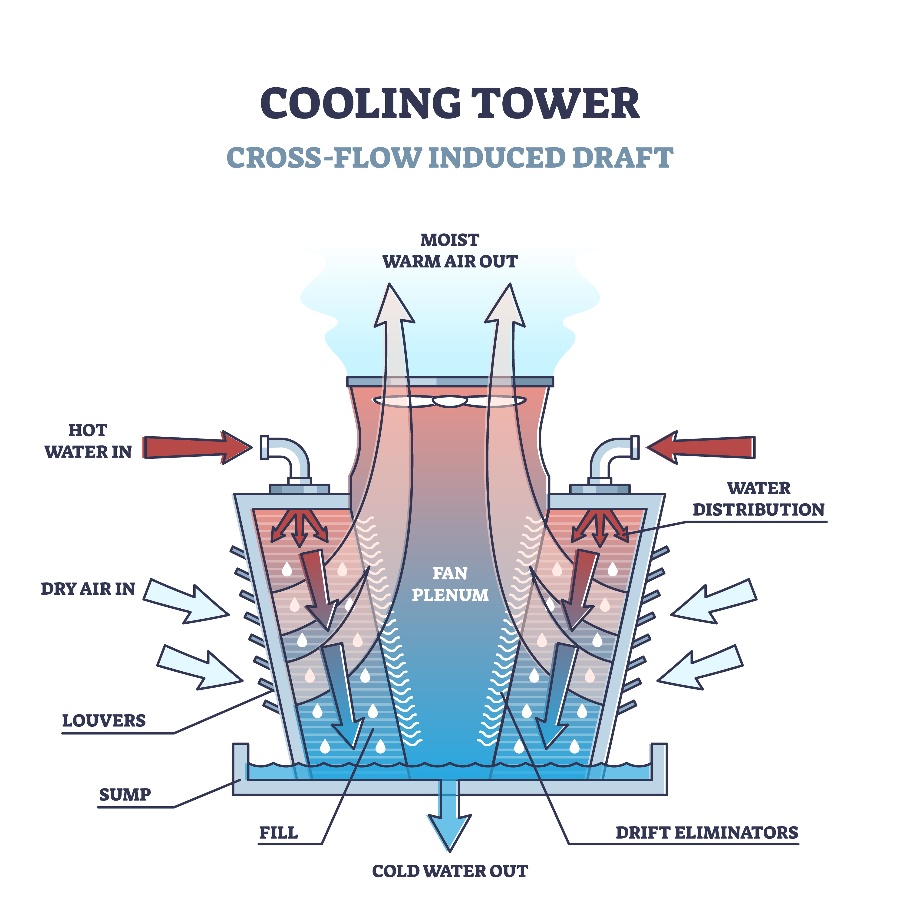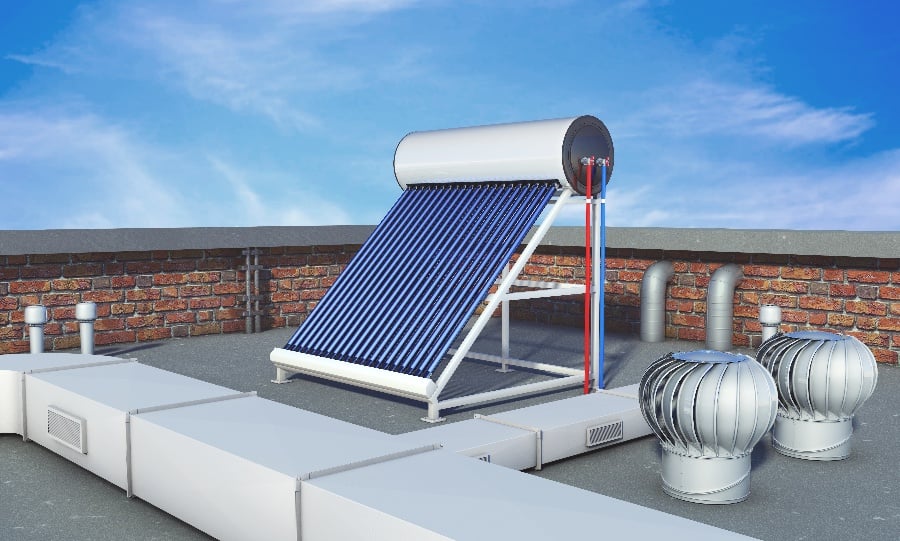
Engineers have many options when it comes to materials for their new products or applications. Properly analyzing all property values while putting them into the context of end product use-cases can be challenging tasks on their own. Add in factors like performance and longevity, then evaluating material properties gets even more complex.
The Importance of Thermal Properties
It's vital that engineers take time to consider material choices so the wrong choice doesn't cause unexpected failures. There are many properties of materials that determine how well a product can withstand different environments and conditions. Properties like strength, weight or durability all play an important role in the final outcome for any given material.
The thermal properties of a material are some of the most important characteristics to consider in product design. The rate of heat transfer, the amount of heat that can be stored, and the amount of heat absorbed into the surface all impact how a product will perform.
Factoring in thermal considerations ensures products perform as intended over their expected lifespan. Two important thermal properties that could play an integral role in an engineer's selection are thermal conductivity and coefficient of thermal expansion (CTE). Considering these properties is important in order to determine the proper and most efficient product design.
Carbon fiber has unique thermal properties compared to other common alternatives such as aluminum, which can make it ideal for certain applications. For example, due to their excellent thermal stability, carbon fiber composites have been used in high-temperature environments, such as aerospace and automotive applications. Additionally, the coefficient of thermal expansion is an essential consideration in materials selection, as it can affect dimensional stability and cause mechanical stresses.
Understanding the thermal properties behind carbon fiber composites can help engineers make the right design decisions for their end applications.
Carbon Fiber Thermal Conductivity
Thermal conductivity is the measure of how a particular material can conduct heat. This material property is determined by its molecular make-up. Heat energy is transferred to the material’s particles when a material is heated. This heat transfer causes the particles to gain more energy and vibrate more, which causes particles to bump into each other and transfer energy between each other. This property means that as more heat is applied in an application, the more vibration and energy transfer occurs.
The type of material will determine how effective it is at conducting heat. For example, materials with a simple molecular structure typically will have a higher thermal conductivity than materials with a complex molecular structure. This inherent property is because there are fewer barriers to energy transfer in simple materials. In addition, the size of the particles also affects thermal conductivity. Smaller particles have a larger surface area in contact with other particles, which allows for more efficient energy transfer.
Thermal conductivity also varies depending on the temperature of the material. Generally, as temperature increases, so does thermal conductivity. This property is because increased temperature means increased vibration and energy transfer. However, there are some materials that do not follow this trend. For example, water has a lower thermal conductivity at higher temperatures than it does at lower temperatures.
Carbon fiber thermal conductivity varies greatly. Depending on the application, manufacturers can manipulate this value to create materials with either high or low thermal conductivity. For instance, high thermal conductivity carbon fiber is often used in electronics to dissipate heat away from sensitive components. On the other hand, low thermal conductivity carbon fiber is ideal for insulating applications where heat needs to be contained. Ultimately, it is up to the engineer to choose the right type of carbon fiber for the job.
The other carbon fiber thermal property that needs to be considered is the coefficient of thermal expansion.
Carbon Fiber Coefficient of Thermal Expansion
The coefficient of thermal expansion measures how an object's size changes when exposed to a change in temperature. The CTE is important to engineers because it helps them predict how an object will respond to different temperatures. There are three types of CTEs: volumetric, area, and linear. Volumetric CTEs are not as important to engineers because they only apply to liquid or gas objects. Area and linear CTEs are more important because they apply to objects that are solid, like the carbon fiber used in many engineering applications.
CTE of carbon fiber can vary greatly depending on the direction of the carbon fibers in the composite matrix. For example, in the plane parallel to the fibers, carbon fiber composites will have a very low coefficient of thermal expansion. In unidirectional laminates, the coefficient of thermal expansion is about one-sixth that of aluminum. CTE can range from anywhere between -1 K to +8 K.
Carbon fiber is a fantastic material with a variety of applications. However, one potential downside of carbon fiber is its negative coefficient of thermal expansion. This property means that when the material is heated, it will actually shrink. This property can be problematic in certain applications where temperature changes are expected.
The reason for this carbon fiber property is the way the atoms are arranged. In carbon fiber, the atoms are fixed in the x and y direction. The atoms in the z direction are typically unfixed because they are held together by Van Der Waals forces. When the material is heated, the atoms in the z direction are free to move around, leading to a decrease in overall size.
Despite this potential drawback, carbon fiber remains an incredibly versatile and robust material. In many applications, its negative coefficient of thermal expansion is actually advantageous. For example, in composite materials, carbon fiber can help to prevent delamination by compensating for changes in temperature.
Carbon Fiber Thermal Use Cases
Carbon fiber is essential for many industries because of its thermal conductivity. Depending on the application, this property can be a significant advantage or disadvantage. For example, carbon fiber can help disperse static charge and prevent buildup in the powder coating process.
In race car applications, carbon fiber composites are often used to cover engine components. The high heat generated by the engine is transferred to the composite material, which then dissipates the heat to a cooler area. This property helps keep the engine operating at peak efficiency and is often used in carbon fiber car hoods.
Carbon fiber can also be combined with insulating materials to create composite materials that can conduct heat away from one side while keeping the other side cool. This property makes them ideal for use in electrical and aerospace applications.
The ultra-conductivity of carbon fiber can be both an advantage and a disadvantage. On the one hand, it can help to ground items and protect surrounding objects from the electrical charge. On the other hand, it can also carry a high amount of electrical charge over long distances, damaging sensitive equipment.
As always, it's essential to carefully consider all properties of a material before selecting it for a specific application. Understanding the thermal properties of carbon fiber helps engineers make better design decisions.














